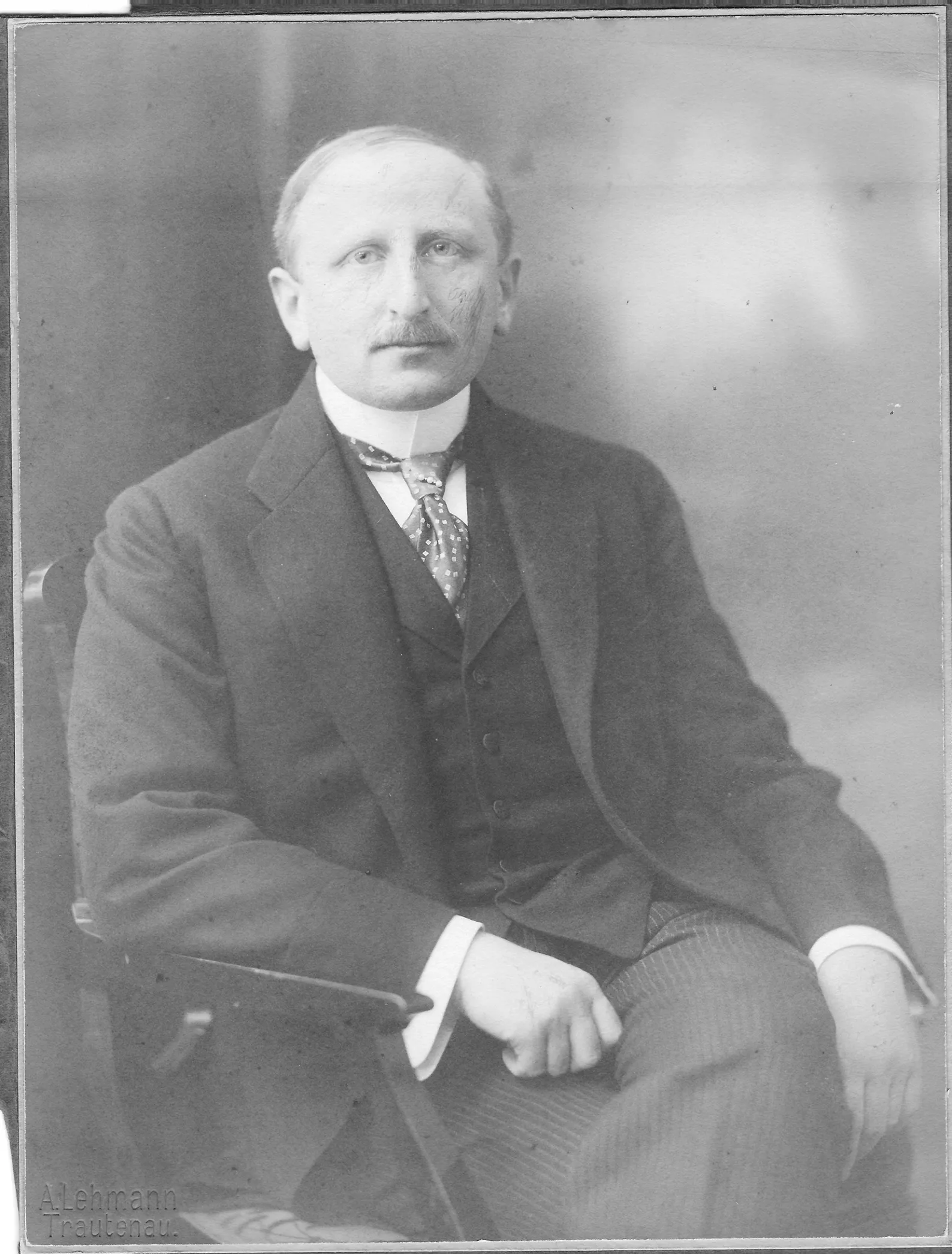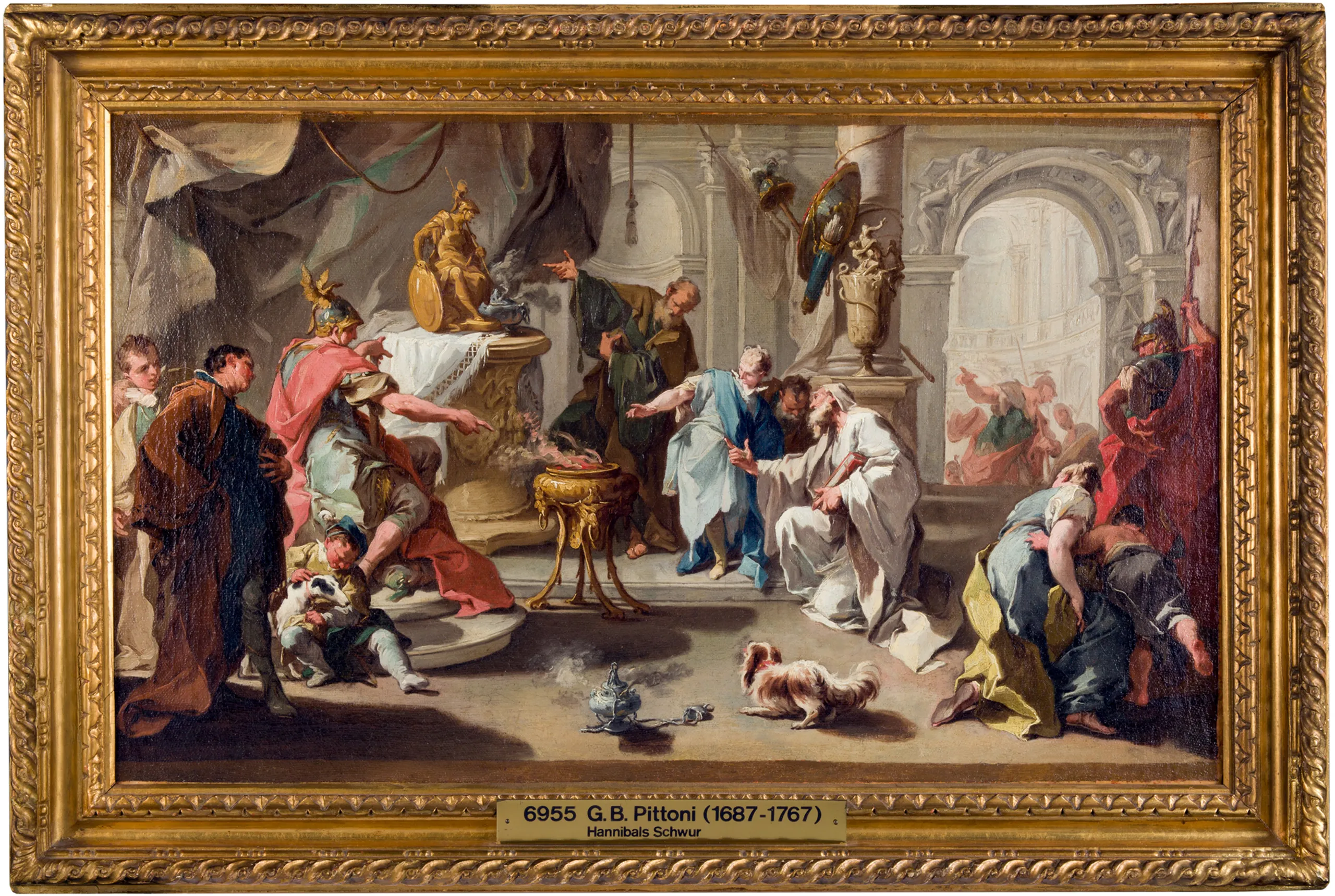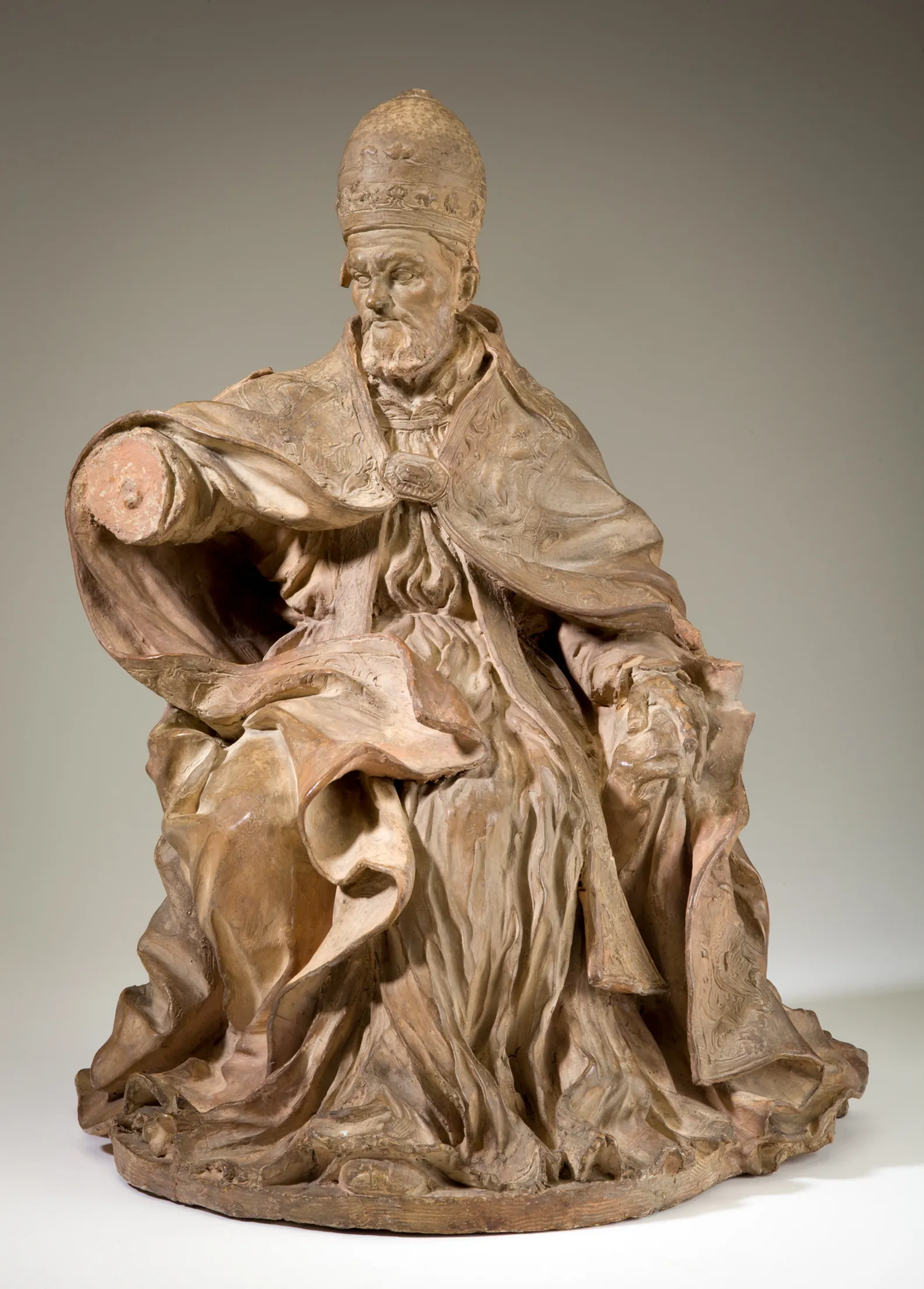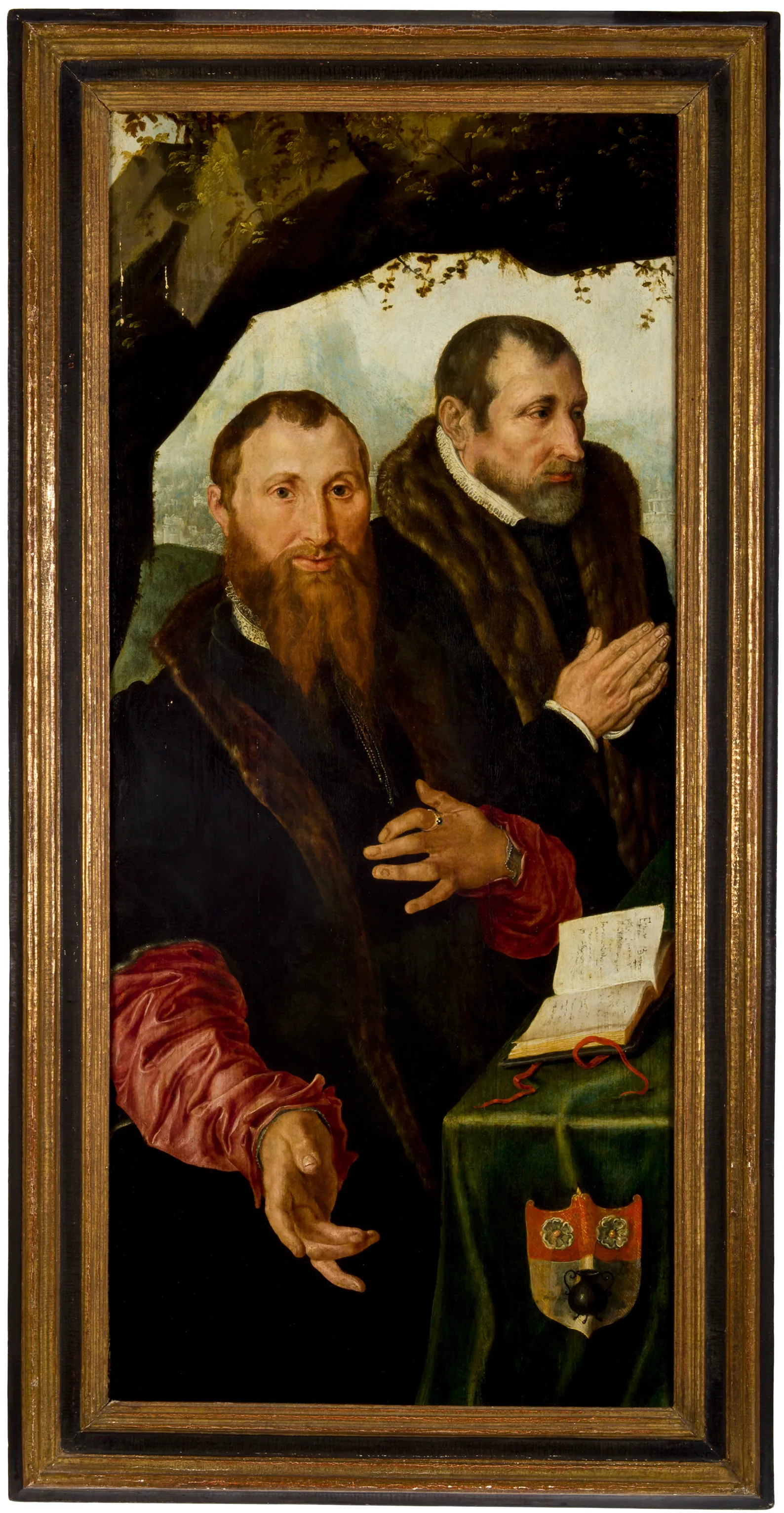News:
WAM, Clark University symposium examines arduous process of recovering art stolen by Nazis
A free online symposium, “Art Restitution and the Holocaust: A Symposium on Current Research and Educational Resources" on Thursday, Oct.14, will take a many faceted look at the recovery of stolen art, focusing on the vast array of treasures stolen by Nazis during World War II.
Presented by the Worcester Art Museum in partnership with Clark University's Strassler Center for Holocaust and Genocide Studies, the program coincides with WAM's exhibition "What the Nazis Stole from Richard Neumann (and the search to get it back)" on view through Jan. 16

Richard Neumann before WWII.
Neumann (1879-1959) was a businessman and art collector of Jewish heritage in Vienna, Austria, who fled the Nazis and lived in Paris and later Cuba before settling in New York City toward the end of his life. Most of Neumann's art collection was seized by the Nazis in Vienna, and he also lost the remaining works he took with him to Paris.
According to an announcement by WAM and the Strassler Center, the free, one-day series of virtual presentations is open to anyone interested, including scholars and educators. Special sessions are also planned for K–12 teachers.
Speakers from museums and universities will look at the scope and scale of art theft during the Holocaust; the complexities of how stolen art is recovered; how curators and others research and discover the provenance of missing and recovered art; how K–12 teachers can find and use resources on these topics, and how they can bring classroom discussions around to the art itself.
The exhibition at Worcester Art Museum includes this work by Giovanni Battista Pittoni, the younger (Italian, 1687–1767), Hannibal Swearing Revenge against the Romans, about 1720s, oil on canvas, The Selldorff Family in memory of Richard Neumann
Strassler Center executive director Mary Jane Rein, who was instrumental in organizing the symposium, describes the Holocaust as a vast criminal enterprise that included theft on a grand scale. “A symposium on this subject gives WAM the opportunity to address these wrongs on behalf of the museum community and harkens back to the important work of the Monuments Men, among them George L. Stout, a former director of WAM from 1947-1954,” Rein said.
In the aftermath of World War II, Stout’s mission was to rescue stolen art. In fact, George Clooney’s character in the 2014 movie, “The Monuments Men,” was loosely based on Stout, who went on to build a distinguished record in the advancement of art conservation in this country.
Marnie Weir, director of education and experience at WAM, said the symposium is a good way to look at the studies, experiences, and relevance around the recovery of confiscated art. “Now more than ever it is critical to ensure such narratives are brought to life and widely shared,” she said. Few Holocaust survivors remain to tell their stories.
The symposium schedule and speakers:
12:30–12:45 p.m. Claire Whitner, Director of Curatorial Affairs and the James A. Welu Curator of European Art at Worcester Art Museum. Whitner will discuss WAM’s Neumann exhibition and how his heirs located works from the family collection and loaned them to WAM.
Alessandro Algardi (Italian, 1598–1654), Pope Innocent X (bozzetto), about 1640s, terracotta, The Selldorff Family in memory of Richard Neumann.
12:45–1:30 p.m. Sam Sackeroff, Lerman-Neubauer Assistant Curator, The Jewish Museum, New York City. After WWII, an estimated one million artworks and 2.5 million books stolen by the Nazis were recovered. Many more were destroyed. Sackeroff will talk about the Jewish Museum’s new exhibition, "Afterlives: Recovering the Lost Stories of Looted Art."
1:45–2:30 p.m. Victoria Reed, Sadler Curator for Provenance, Museum of Fine Arts, Boston. Reed will explain the detailed work of provenance research, and how international laws and research have progressed over time.
2:45–3:30 p.m. Lisa Silverman, Associate Professor, Department of History, University of Wisconsin-Milwaukee. Silverman will share information gathered while researching Central European Jews and their property and the connection to the restitution of looted art after the Holocaust.
3:45–4:30 p.m. Jonathan Petropoulos, John V. Croul Professor of European History, Claremont McKenna College. Petropoulos will speak about his recent book, "Göring’s Man in Paris: The Story of a Nazi Art Plunderer and His World."
K-12 Educator Session
1:45–2:30 p.m. Dustin Tenreiro, Senior Program Associate, Facing History Facing Ourselves. Tenreiro will talk to teachers about WAM's Neumann exhibition and how to use that as a stepping stone to talking about the Holocaust.
Maerten van Heemskerck (Netherlandish, 1498–1574), Left Altar Wing with Male Donor, about 1540, oil on panel, The Selldorff Family in memory of Richard Neumann.
2:45–3:30 p.m. Robin Stein, author of "My Two Cities"; Steven Schimmel, Executive Director, Jewish Federation of Central Mass. Stein will share how local Holocaust survivor Hanni Myer’s escape from Vienna in 1938 and eventual settlement in the Boston area inspired her to create a book for youth to share this history.
Stein and Myer have worked together to visit schools and share the lessons of war, tolerance, and immigration with a new generation. Schimmel will speak about the primary sources and resources he has used to teach youth about the Holocaust.
More information and a link to register for the symposium, go to worcesterart.org.


